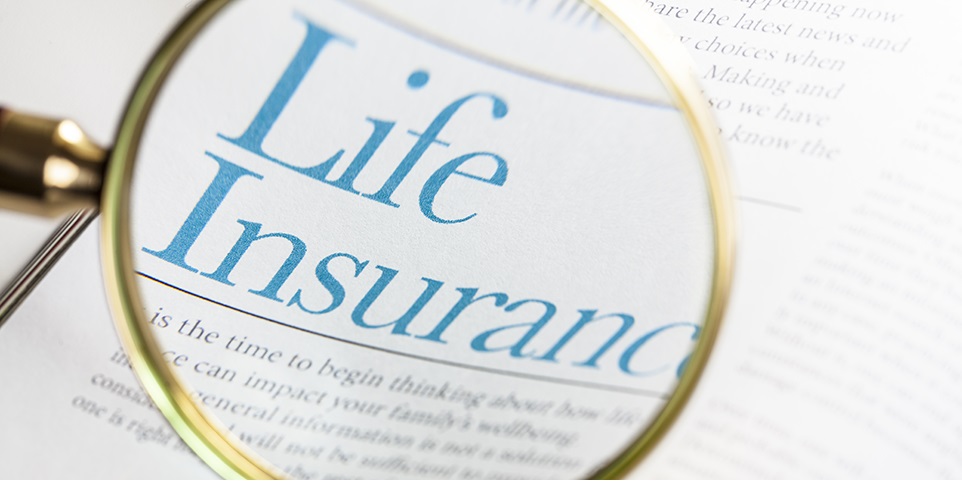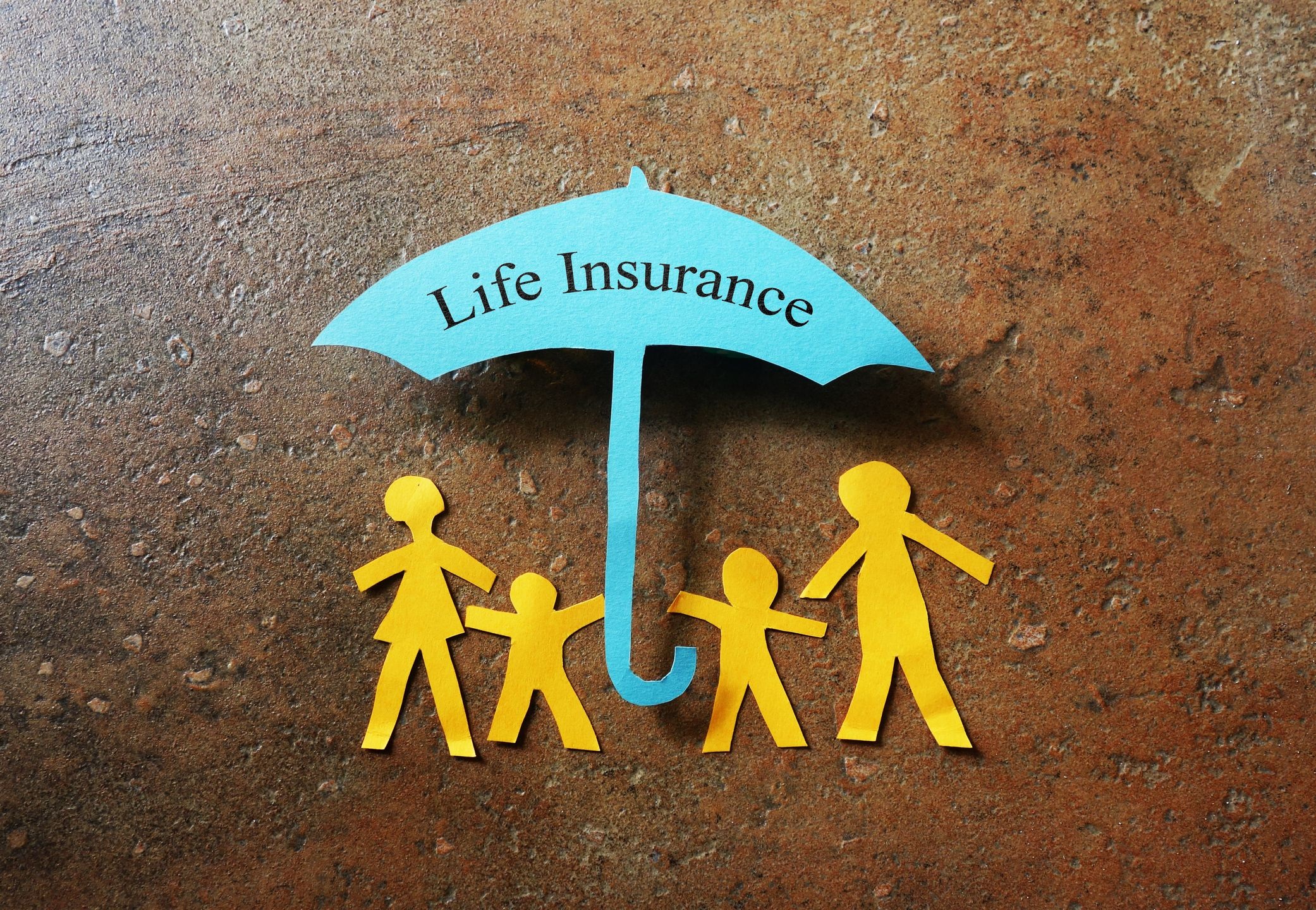November 28,2019
Life Insurance

Life Insurance, What is it and how does it work?
A life insurance policy is a protective contract between you (the insured) and an insurer (the life insurance company). In the event of your passing, the life insurance company pays your beneficiary (a person or organization that you choose) a set amount of money (benefit amount).
Life insurance also provides a tax-free lump sum of money to your loved ones in the event of your death, allowing them to continue toward their financial goals. It’s a value asset that gives you peace of mind that they’ll be taken care of even when you aren’t around.
There that should some things up or does it. Still confused or just needing more information. I agree, we need to explain more because Life Insurance in general is something that we all understand, but the working of is the part that confuses most people, don’t you agree. So let’s press on. I will continue to and hopefully give you a better understanding and a direction on what you might be looking for.
How Life Insurance Works
There are three major components of a life insurance policy to talk about. These are 3 main components to t a life policy.
- Death benefit is the amount of money the insurance company guarantees to the beneficiaries identified in the policy upon the death of the insured. The insured will choose their desired death benefit amount based on estimated future needs of surviving heirs. The insurance company will determine whether there is an insurable interest and if the insured qualifies for the coverage based on the company’s underwriting requirements.
- Premium payments are set using actuarially based statistics. The insurer will determine the cost of insurance (COI), or the amount required to cover mortality costs, administrative fees, and other policy maintenance fees. Other factors that influence the premium are the insured’s age, medical history, occupational hazards, and personal risk propensity. The insurer will remain obligated to pay the death benefit if premiums are submitted as required. With term policies, the premium amount includes the cost of insurance (COI). For permanent or universal policies, the premium amount consists of the COI and a cash value amount.
- Cash value of permanent or universal life insurance is a component that serves two purposes. It is a savings account, which can be used by the policyholder, during the life of the insured, with cash accumulated on a tax-deferred basis. Some policies may have restrictions on withdrawals depending on the use of the money withdrawn. The second purpose of the cash value is to offset the rising cost or to provide insurance as the insured ages.
Like I mentioned above, you can name any person or organization that you’d like as your beneficiary — and you can even name more than one. That’s good news for parents who have more than one child and don’t want to play favorites.
The amount your beneficiary (or beneficiaries) will receive is determined by the amount of coverage you chose to purchase. Best of all, your beneficiary will receive the benefit amount income tax-free*, according to current laws.
Advantages of life insurance?
There are many advantages and benefits of life insurance that make it a necessary part of any financial plan. No matter how you use it as part of your safety net, you can count on the following.
It provides tax-free money
The death benefit provided by a life insurance policy is a lump sum of money that’s tax-free. That means the whole amount goes to your beneficiaries – and they don’t have to plan their goals around receiving only a portion of the money thanks to taxes.
Learn about the instances when life insurance is taxable.
Its affordable protection
While the exact cost of life insurance varies (we’ll talk about that later), for the most part, it’s pretty affordable. Consider this: A healthy 30-year-old male can expect to pay under $40 a month for a $1,000,000 term life policy. That’s about half the cost of the average dinner. Since it helps pay for college, a house, retirement, and more. That’s money well spent.
It’s an alternative investment option
Term life insurance is straightforward, but the cash value of whole and other permanent types can act as a forced investment vehicle. You should talk to a financial adviser before deciding whether or not a permanent life insurance policy is the right path, but if you’ve already maxed out other investment options like an IRA, life insurance might work as an additional vehicle.
Think of life insurance like a security blanket that can help financially protect the people you love most. Here are some other things a life policy can do for you in case of a loss:
- Pay for funeral expenses and medical bills
- Cover monthly bills, such as a car payment, rent or mortgage
- Pay off outstanding debt, including student loans or credit card bills
- Offset childcare costs if you’re a stay-at-home parent or a parent who must enter the workforce
- Fund a child’s future education
- Provide an inheritance for your children or a retirement account for your partner

Do I Need Life Insurance?
Some people wait for a major life event to buy life insurance — a wedding, a new home, or a newborn. But the most important thing about life insurance is buying it before you need it.
Financial planning is important, but if you’re the breadwinner and you die, it makes all of that planning moot. The meaning and importance of life insurance is the peace of mind it provides when it comes to:
- Protecting future plans like college and retirement for your beneficiaries
- Paying off debt like a mortgage or student loans
- Estate and inheritance planning to leave something behind for children, grandchildren, or charities.
- Covering end of life expenses like funerals, which have an average cost of nearly $10,000
It’s not exclusively for those who are married or have children either. If anyone is dependent on you financially, such as an aging parent, life insurance is a must. Not sure if you need it? See if you fit into any of the following categories:
Who might not need life insurance?
Life insurance is a useful tool for most people, but that doesn’t mean everyone needs it. It’s often unnecessary if:
- You don’t have any beneficiaries. If you’re young and single, and no one is counting on your financially, you probably don’t need life insurance. But keep in mind that there are still reasons you might buy it. Life insurance gets more expensive the longer you wait to buy, so you might choose to apply while you’re young to lock in low rates. You might also want to leave money to an institution or charity.
- You don’t have (or anticipate) any debt. If your death won’t leave loved ones with debt, you might not need life insurance. But you should also consider future debt, like the cost of putting your kids through school or caring for aging parents. It’s important to look ahead to your life insurance needs, not just to the past.
- You can self-insure. Even if you do have or anticipate debt, you might be able to cover the costs simply using your own savings.
If you don’t fall into one of these scenarios, you should seriously consider life insurance. If you don’t have it, you risk leaving your loved ones financially vulnerable in a worst-case scenario – something that’s easily avoidable with life insurance.
What Type of Life Insurance Do I Need?
We all have different financial responsibilities and choosing the right one can be tuff. So, no one type of life insurance coverage is inherently better than another. What’s most important is finding the solution that works best for your personal financial situation.
There are two main types of life insurance policies to consider: term and whole life insurance.
Whole life insurance, on the other hand, lasts for a lifetime (subject to payment of premiums, and terms of conditions of policy). With each payment you make, a portion of it is set aside for a rainy day, which becomes your policy’s “cash value.” If your car breaks down or you have an unforeseen medical expense, you can borrow against your policy’s cash value, often at a favorable rate.
Term life insurance offers protection for a set period of time, or a “term.” As the policyholder, you can choose your term, typically between 10 to 30 years. It’s often the less expensive of the two options, as term life insurance policies come with an expiration date. Once that term ends, so does your coverage. It’s best for those who have greater coverage needs for a certain period of time, such as while your family is still growing.
Although I mentioned two of the major players, One common type of whole life insurance policy is Guaranteed Issue Whole Life Insurance. It’s designed for those ages 50-85 and better referred to as Final Expense. Its a type of whole life which is coming up in the ranks very quickly because of what it’s designed for. Most people ages 50-85 will consider this coverage because of the cost and it doesn’t require a physical or medical exam.
Your premium rate in these coverage plans are locked in so that, even if your health status changes, the amount you pay for life insurance will always stay the same. For parents, that means you’ll be paying the same rate when you’re holding your first grandchild as you did when you held your first child.
There are other coverage plans under the Whole Life building block that do other things not mentioned above like the UL, IUL or VUL. Otherwise, they are modified plans to suit the situation you may be looking for. Consulting a representative is always the best way to go so you’re not getting something that doesn’t apply to your needs.

When Should I Buy Life Insurance?
It’s never too early or too late in life to buy life insurance. The sooner you buy it, however, the less expensive it might be. Why? Your age and health history are two of the factors that determine the cost of your premium rate (the amount you pay for your policy).
What better time to purchase your first life insurance policy than when you’re young and healthy?
The type of life insurance policy you may need will depend on your unique situation, including your stage of life.
How Much Does Life Insurance Cost?
The price you pay for life insurance is determined by a number of factors, including your selected policy type and coverage amount.
Some of the other factors that influence your premium include:
- Health status
- Age
- Driving record
- Lifestyle
If you’re in the habit of jumping out of a perfectly good airplane, for example, your premium rate might be higher than someone who watches Netflix on the weekends.
For this reason, when you apply for life insurance, you’ll likely be asked a series of questions about your medical history and lifestyle. In some instances, a medical exam may also be required. This will determine the cost of the policy. The older we get, the more it cost because we have less time on this rock.
Not all companies are the same in prices either. So just like shopping for auto insurance that most of us do, you should locate an agent or a representative to help you in choosing the right coverage plan that fits your needs. Once you have chosen one, be aware that even after you have this plan, sometimes having it reviewed later in time might benefit you, like you could modify it with no extra cost, just saying.
Now with your newfound understanding of life insurance, you can explore the options for life insurance policies or use this information as an icebreaker at your next social gathering.
